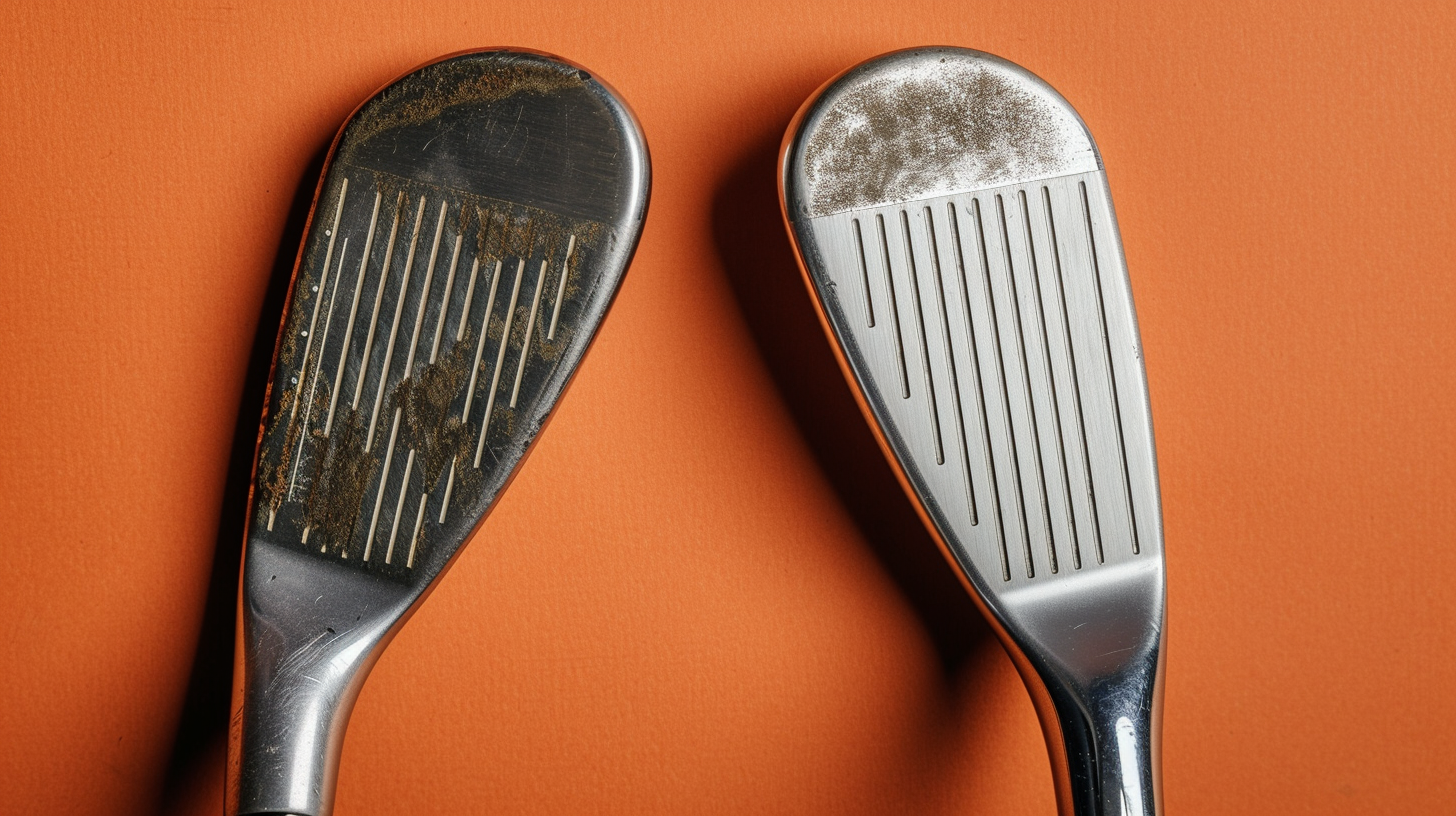Struggling with worn, slippery grips that twist in your hands when swinging? It may be time to re-grip your clubs.
Replacing old degraded grips restores proper traction and grip comfort to boost consistency.
But how much does regripping golf clubs cost? Let’s dive into the different factors impacting total pricing for DIY and professional installs.
How Much to Regrip Golf Clubs
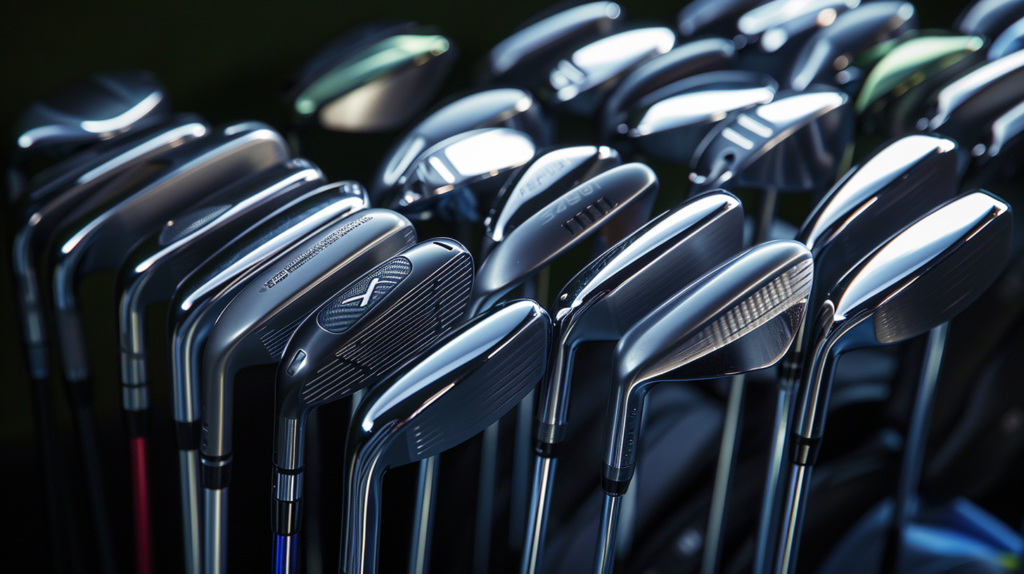
The average total cost to fully regrip a set of golf clubs is $100 to $150 if done professionally. Going the DIY route, expect to spend around $50 to $75 on supplies, then $5 to $15 per grip. For the grips alone to redo a full 14 club set, budget $84 to $168 depending on which rubber composite grips you select, averaging $8 per grip.
Getting mid-range quality cords with some durable soft tack and vibration dampening rubber compounds works well for most golfers. Shop end of season sales to save more on regrip costs.
Factors That Impact Regripping Costs

There are several key factors that impact how much it will cost to have your golf clubs regripped. The type of grip you choose, the quality and brand, the number of clubs being regripped, and whether you do it yourself or have a golf shop do it for you all play a role in the total pricing.
This section will break down each of these cost factors in detail.
The type of golf grip you choose, whether standard size, midsize, oversized, corded, cordless, etc. will impact pricing. Oversized and specialty grips usually cost more than standard size grips.
The quality of the grip material and construction methods used can also result in higher or lower costs per grip. Higher end golf brands generally charge more for their grips than value brands.
The number of clubs you need to have regripped is a major cost determinant. Whether you just need a few clubs re-gripped or a whole 14 club set, prices per club often decrease when doing a full bag fitting.
Additional customization like extra layers of tape under the grips will also raise the job pricing. It is best to factor all of these elements in when budgeting for a grip replacement project.
Doing the grip install yourself or having a golf shop do it for you also greatly impacts total pricing. While DIY regripping saves on labor fees, you need to purchase all the necessary supplies up front.
Having a professional shop complete the work is more convenient but comes with higher per club installation costs.
Cost to Have Clubs Professionally Regripped
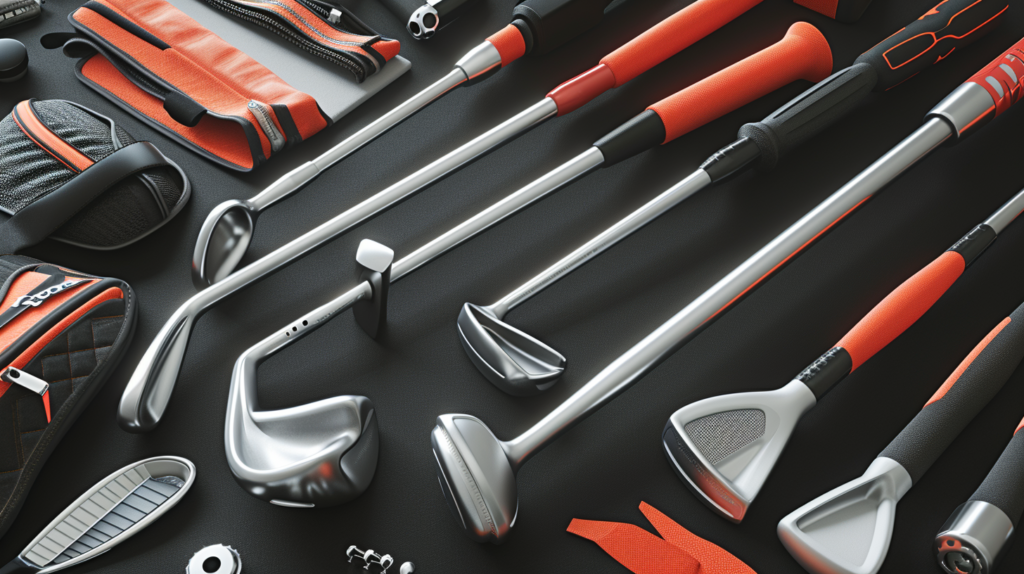
Hiring a golf club professional to replace the grips on your irons, wedges, putter, and woods is the most convenient option but also increases the pricing over doing it yourself. On average most golf shops charge between $2 to $4 per club for basic regripping services.
This covers the cost of the standard grips, solvents, tapes, installation, and labor fees involved. It is common for most stores to offer discounts when doing complete golf club sets rather than individual clubs.
For a full set of clubs – including a driver, fairway wood, hybrid, 6 irons, 2 wedges, a putter and apackage set of grips, a typical range is $70 to $120 for a basic regrip job. Some private clubs or high-end golf stores may charge even more, over $200 for a premium re-grippig package with personalized fitting.
Make sure to confirm what exactly is covered when getting any golf club regripping quotes. Some additional fees like specialty grips, grip accessories, rush orders, or dynamic club balancing may raise costs further.
Doing It Yourself – Supplies and Costs
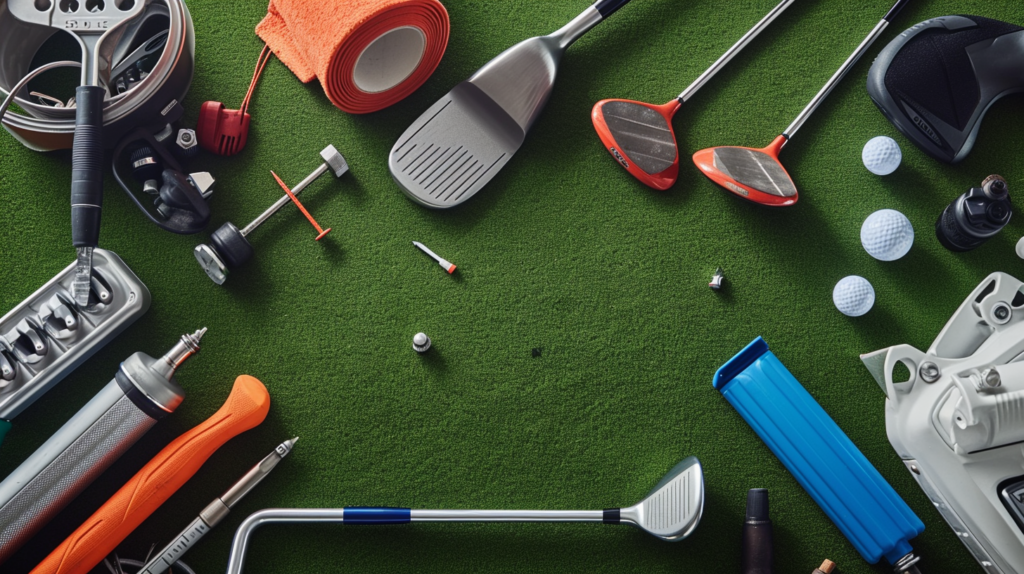
With some basic tools – a vice, solvent, double sided grip tape, utility knife, and paper towels, you can save quite a bit of money by replacing golf grips at home. While it does require some patience and DIY skills, it is not an overly complex process.
The hardest part is removing old grips cleanly without causing any damage underneath.
For all the tools and supplies needed beyond the actual grips themselves, expect to spend $30 to $50. This would cover a rubber re-gripping vice, grip solvent, razor blades, emery cloth, grip installation tape, and other miscellaneous items.
The more gear you may already have on hand, the less you would need to budget for accessories.
In terms of the actual golf club replacement grips themselves, prices can range widely – from basic rubber grips under $5 per grip to premium leather grips over $25 each. On average most mid-range quality rubber grips with cord or no cord options run $6 to $12 per grip.
So a complete set would cost between $84 to $168 just for the grips alone if doing all clubs plus the putter at those average per unit prices.
Checking online or big box sporting goods stores for grip package deals on full sets can offer additional cost savings. Sales prices during peak golf season can also provide opportunities for better pricing on replacement club grips and re-gripping tools.
Getting the Longest Life from New Grips
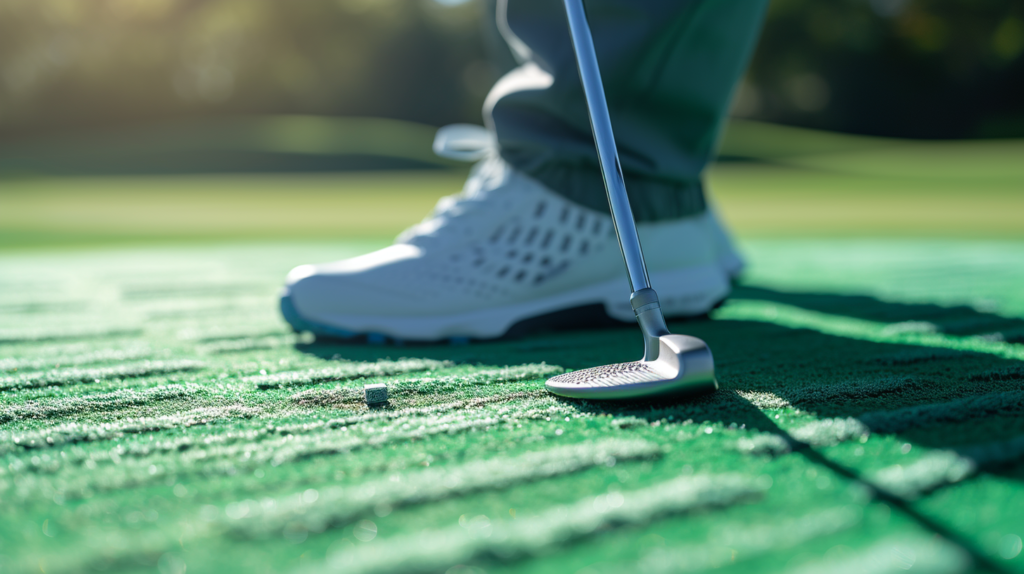
To get the maximum usage and golfing enjoyment from freshly installed replacement grips there are some key factors to keep in mind. Getting properly fitted grips for your hand size and swing style is vital.
An experienced club fitter can help determine the best grip diameter, texture, and style preferences based on your game and average swing speeds. Ill fitting grips that are the wrong size or stiffness will not allow for proper hand placement and club control.
It is also important to have the grips installed properly without over-taping or creating lumps and uneven surfaces underneath. Clean hands and clubs when playing without excess dirt, oils or solvents sitting on the grip materials will also maximize durability.
Avoid leaving clubs sitting in direct sunlight whenever possible. The intense UV light and heat speeds up the breakdown of rubber and composite grip materials.
An annual cleaning with mild soap and water is recommended. This keeps dirt and debris from being ground into grip textures over time.
Check the condition of grips after each season for signs of wear, smoothing, cracking or compression setting. If the grip texture appears very worn or flattened in key areas it likely needs replacement soon.
Re-gripping clubs before grips wear too severely extends the lifespan of the underlying tape layers as well. The average life expectancy for most quality rubber golf grips in routine play is 1-2 years before needing to be changed out.
Additional Considerations and Costs

Beyond basic re-gripping costs there are a few additional factors to keep in mind depending upon your specific needs and preferences. Oversized grips have become very popular options in recent years for golfers dealing with arthritis or sore hands and wrists during play.
These grips run on average $2 to $4 per grip more than standard sizes. The installation can also be a bit more complex on larger grips requiring more care and skill wrapping the additional tape layers.
Putter grips tend to utilize more expensive rubbers, polymers and even exotic leather materials. These upgraded grips provide better feel and traction aligned with a putter’s precision demands.
Expect to pay $10 to $30 more for a premium replacement putter grip. In some cases for extremely high end putters the grips alone can exceed over $70 each.
For those on very tight budgets but still needing fresh grips, re-using the old grip shaft of irons and woods rather than replacing with new shafts is an option. This does require extra prep sanding work removing all old double sided tape residues.
However it can greatly cut down material costs when working with limited funds for necessary golf grip replacements.
Taking all of these varied factors around regripping costs into account will allow you to budget and plan smartly. In most cases the benefit of enhanced traction and shot performance from new grips makes the investment very worthwhile.
Properly maintaining equipment and an annually scheduled regrip makes perfect sense for dedicated golfers wanting to play their best game possible.
Conclusion
Properly maintaining your golf clubs with fresh grips is vital for optimizing performance and enjoying the game. While regripping costs can add up, the benefits of enhanced swing control and shot accuracy after replacing worn grips makes it a smart investment.
Consider both DIY and professional fitting options to find the right balance of affordability and high quality replacement grips tailored to your needs.
